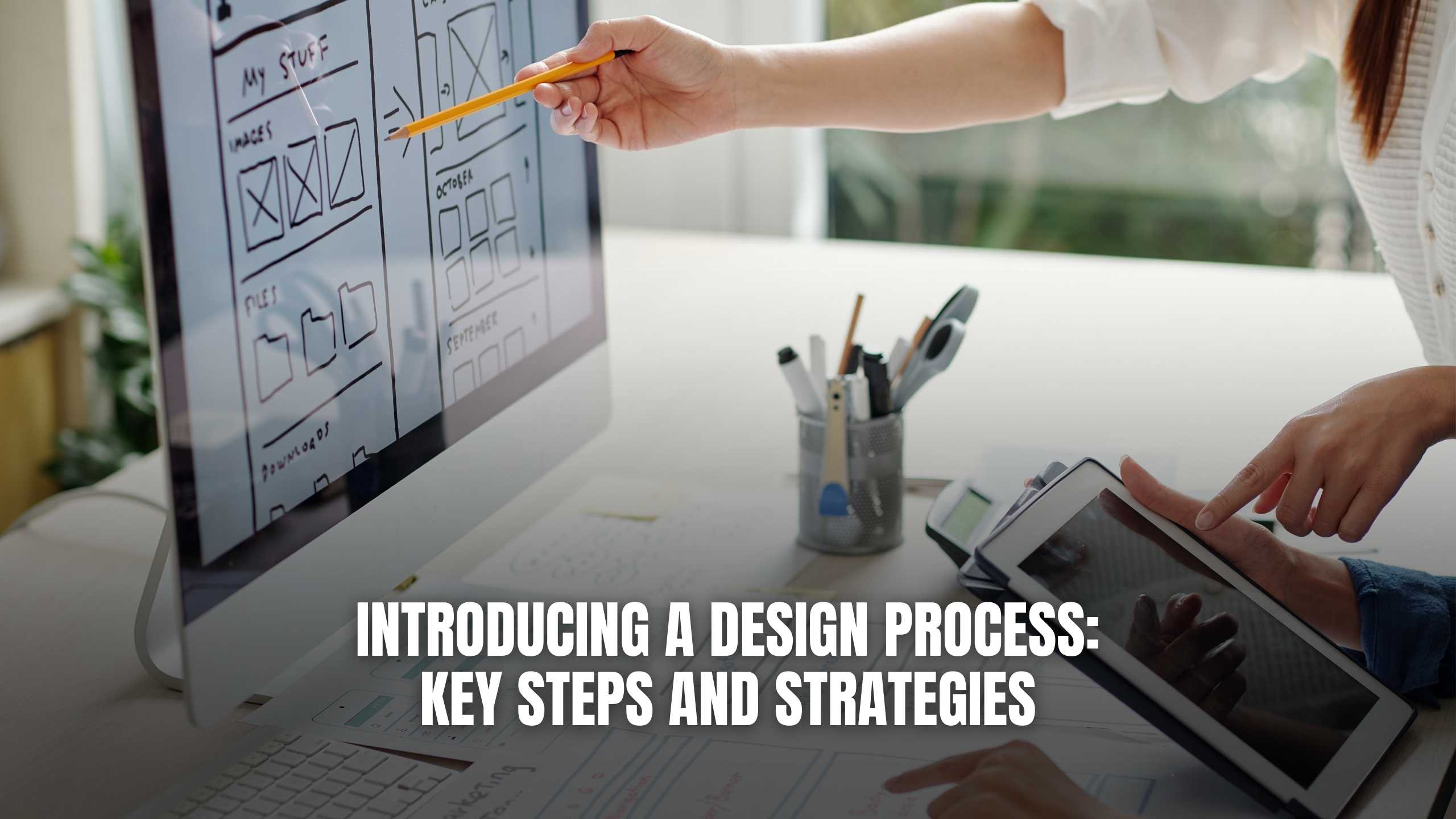Introducing a Design Process: Key Steps and Strategies
- WebOps Platforms Bug Tracking & Feedback Software Web Development & Design


Introducing a Design Process: Key Steps and Strategies
Embarking on a design process is a crucial journey that shapes the outcome of creative endeavors. Whether you’re a seasoned designer or a newcomer to the field, understanding the key steps and strategies involved in introducing a design process is vital for successful outcomes.
1. Define Clear Objectives and Goals
The foundation of any design process lies in defining clear objectives and goals. Identify the purpose of the project, understand the target audience, and establish measurable goals. This initial step sets the direction for the entire design journey, guiding decisions and ensuring alignment with overarching objectives. Clearly defined goals not only serve as a roadmap but also provide a benchmark for measuring success throughout the design process.
2. Conduct Thorough Research and Analysis
A robust design process is built on a foundation of thorough research and analysis. Dive into market trends, user behaviors, and competitor landscapes to gain valuable insights. Tools like SEMrush and Moz can aid in keyword research and competitive analysis, providing data-driven perspectives to inform design decisions. The insights gained from comprehensive research empower designers to make informed decisions, ensuring that the final design is not only visually appealing but also strategically aligned with market trends.
3. Create a Collaborative Environment
Collaboration is a cornerstone of effective design processes. Foster an environment where cross-functional teams can contribute their expertise. Utilize collaboration tools such as Figma and InVision to streamline communication and enhance the iterative nature of the design process. Collaboration not only ensures diverse perspectives but also facilitates a seamless exchange of ideas, resulting in innovative and well-rounded design solutions.
4. Prototyping and Iteration
Prototyping allows designers to visualize ideas and gather valuable feedback. Leverage tools like Sketch and Adobe XD to create interactive prototypes. Embrace an iterative approach, refining designs based on feedback to ensure the final product meets both user and business needs. Prototyping and iteration are integral components of the design process, providing designers with the flexibility to experiment and fine-tune their creations for optimal results.
5. User Testing and Feedback Integration
User testing is a critical phase in the design process. Use platforms like UsabilityHub and UserTesting to gather insights from real users. Incorporate feedback into design iterations, ensuring the final product resonates with the intended audience. User testing not only validates design decisions but also helps identify potential pain points, ensuring a user-centric approach that enhances the overall user experience.
Relevant SaaS Products:
- SEMrush: A comprehensive SEO tool that aids in keyword research, competitive analysis, and content optimization. SEMrush provides actionable insights to designers, allowing them to align their design strategies with the latest SEO trends.
- Moz: An all-in-one SEO toolset offering features like site audits, rank tracking, and link analysis to optimize website performance. Moz empowers designers by providing a holistic view of a website’s SEO health, guiding design decisions for improved online visibility.
- Figma: A collaborative design tool that allows teams to work together in real-time, streamlining the design process. Figma fosters collaboration by enabling designers to work concurrently, reducing bottlenecks and enhancing overall efficiency in the design workflow.
- InVision: A platform for prototyping and collaboration, enabling designers to create interactive and engaging prototypes. InVision facilitates collaboration by offering a centralized platform for feedback, streamlining communication and ensuring a seamless transition from design to development.
- Sketch: A vector design tool with a focus on user interface and experience design, facilitating the creation of high-quality designs. Sketch empowers designers to create visually appealing and user-friendly interfaces, with a range of features tailored to streamline the design process.
Conclusion
In conclusion, introducing a design process involves a strategic blend of clear objectives, research, collaboration, prototyping, and user testing. Following these key steps and strategies ensures a holistic and effective approach to design, leading to successful project outcomes. Embracing a comprehensive design process not only results in aesthetically pleasing designs but also ensures that the final product meets business objectives and user expectations.
Elevate Your Design Process with Subscribed.fyi!
Ready to enhance your design process and optimize your creative workflow? Subscribed.fyi is the go-to solution for freelancers and small teams seeking to manage their SaaS stack efficiently. Sign up for free to unlock exclusive deals on essential design tools, saving you time and resources. Empower your design journey with Subscribed.fyi and take your creativity to new heights.
Relevant Links:





